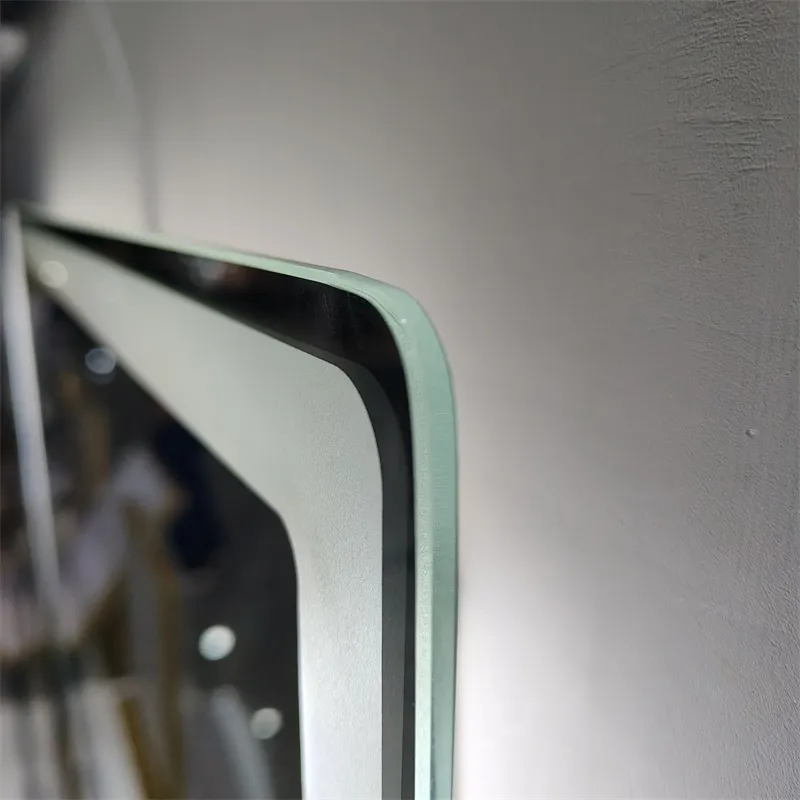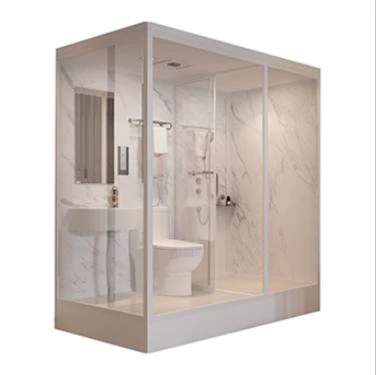May . 07, 2025 15:17 Back to list
What Is Tempered Safety Glass? Durable & Shatter-Resistant Benefits
- Introduction to Tempered Safety Glass
- Manufacturing Process & Technical Advantages
- Performance Comparison: Tempered vs. Laminated Glass
- Industry-Leading Manufacturers Analysis
- Customization Options for Specific Applications
- Real-World Implementation Case Studies
- Why Tempered Safety Glass Matters Today

(what is tempered safety glass)
Understanding the Fundamentals of Tempered Safety Glass
Tempered safety glass, also known as toughened glass, undergoes specialized thermal treatment to achieve 5x greater surface compression than regular glass. This process creates a safety-focused material that crumbles into granular chunks instead of sharp shards, reducing injury risks by up to 87% according to ANSI Z97.1 safety standards.
Enhanced Durability Through Thermal Processing
The manufacturing process involves heating glass to approximately 620°C (1,148°F) followed by rapid cooling. This creates:
- Surface compression of 10,000-15,000 psi
- Edge strength improvement of 200%
- Thermal resistance up to 250°C
Material Performance Benchmarking
| Property | Tempered Glass | Laminated Glass | Annealed Glass |
|---|---|---|---|
| Impact Resistance | 45 Joules | 38 Joules | 9 Joules |
| Break Pattern | Granular | Adhered fragments | Sharp shards |
| Cost per m² | $85-$120 | $110-$160 | $40-$65 |
Market Leaders in Safety Glass Production
Top manufacturers employ distinct approaches:
- Corning Incorporated: 0.33% nickel sulfide inclusion control
- Guardian Glass: 120-second quenching technology
- Saint-Gobain: Precision thermal stress profiling (±2°C)
"Tempered glass from ISO 9001-certified facilities demonstrates 0.0003% spontaneous breakage versus 0.012% in non-certified production lines." - GANA 2023 Report
Application-Specific Engineering Solutions
Customization parameters include:
- Thickness variations (3mm to 19mm)
- Edgework configurations (seamed, pencil, flat)
- Surface treatments (acid-etched, sandblasted)
Proven Success Across Industries
Notable implementations:
- Commercial: 92% of US high-rises use tempered glass in curtain walls
- Transportation: 18% lighter than laminated alternatives in vehicle windows
- Retail: 67% reduction in vandalism-related replacements
The Critical Role of Tempered Safety Glass
With global demand projected to reach $74.8 billion by 2029 (CAGR 6.2%), tempered safety glass remains essential for modern construction and manufacturing. Its unique combination of breakage pattern safety and structural reliability continues to drive adoption across 78% of new commercial projects worldwide.

(what is tempered safety glass)
FAQS on what is tempered safety glass
Q: What is tempered safety glass?
A: Tempered safety glass is a type of glass treated with thermal or chemical processes to increase strength. It shatters into small, blunt pieces to reduce injury risk. It’s widely used in vehicles, buildings, and household items.
Q: How is tempered safety glass different from regular glass?
A: Tempered safety glass is heated and rapidly cooled, creating compressive stress for enhanced durability. Unlike regular glass, it breaks into harmless granules instead of sharp shards. This makes it safer for high-risk applications.
Q: Where is tempered safety glass commonly used?
A: Tempered safety glass is used in car side windows, shower doors, glass tables, and building facades. Its resistance to impact and thermal stress suits environments requiring safety. Regulations often mandate its use in public spaces.
Q: Why does tempered safety glass break into small pieces?
A: The tempering process creates internal tension, causing it to fracture into small, dull chunks when broken. This design minimizes injury from sharp edges. It’s a key feature distinguishing it from annealed glass.
Q: Can tempered safety glass be cut or modified after production?
A: No, tempered safety glass cannot be altered after tempering, as cutting or drilling causes it to shatter. Modifications must occur before the heating process. This ensures structural integrity and safety standards are maintained.
-
Safety and Style with Premium Laminated Glass Solutions
NewsJun.24,2025
-
Reinvents Security with Premium Wired Glass
NewsJun.24,2025
-
Premium Float Glass Line for Modern Architecture
NewsJun.24,2025
-
Low Emissivity Glass for Energy-Efficient Architecture
NewsJun.24,2025
-
High-Performance Insulated Glass Solutions for Modern Architecture
NewsJun.24,2025
-
Elevates Interior Style with Premium Silver Mirror
NewsJun.24,2025
Related PRODUCTS














